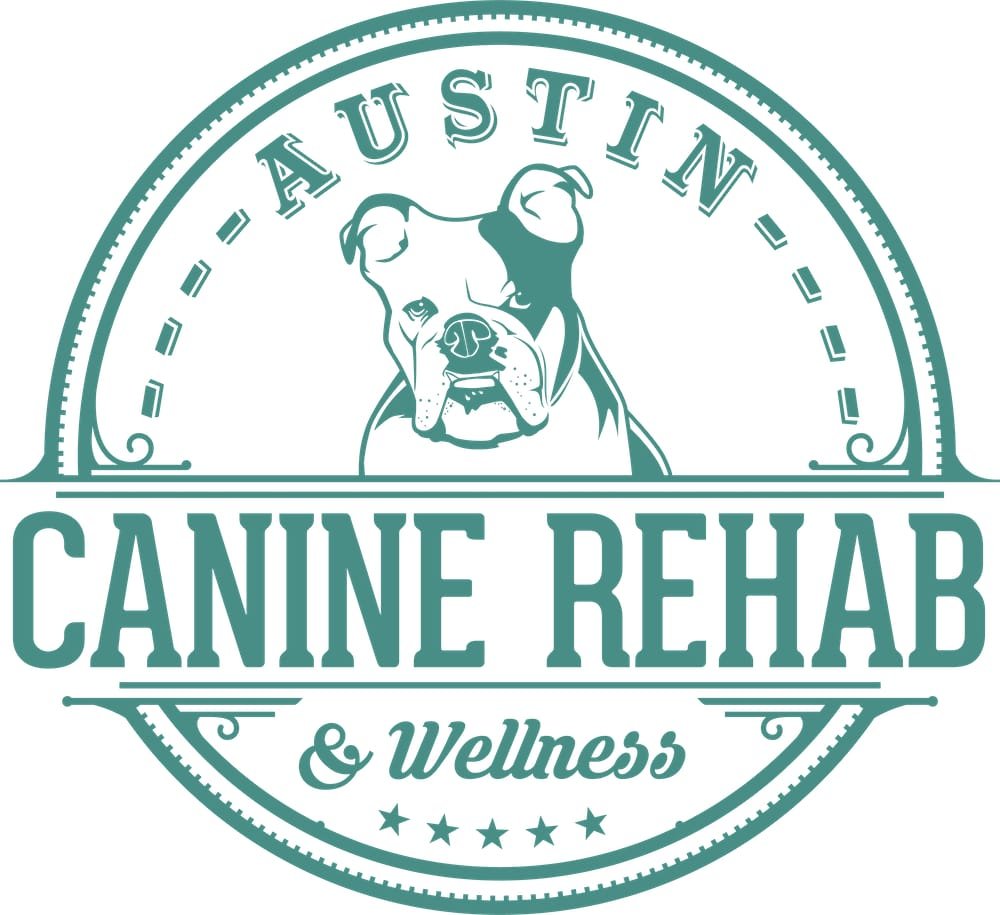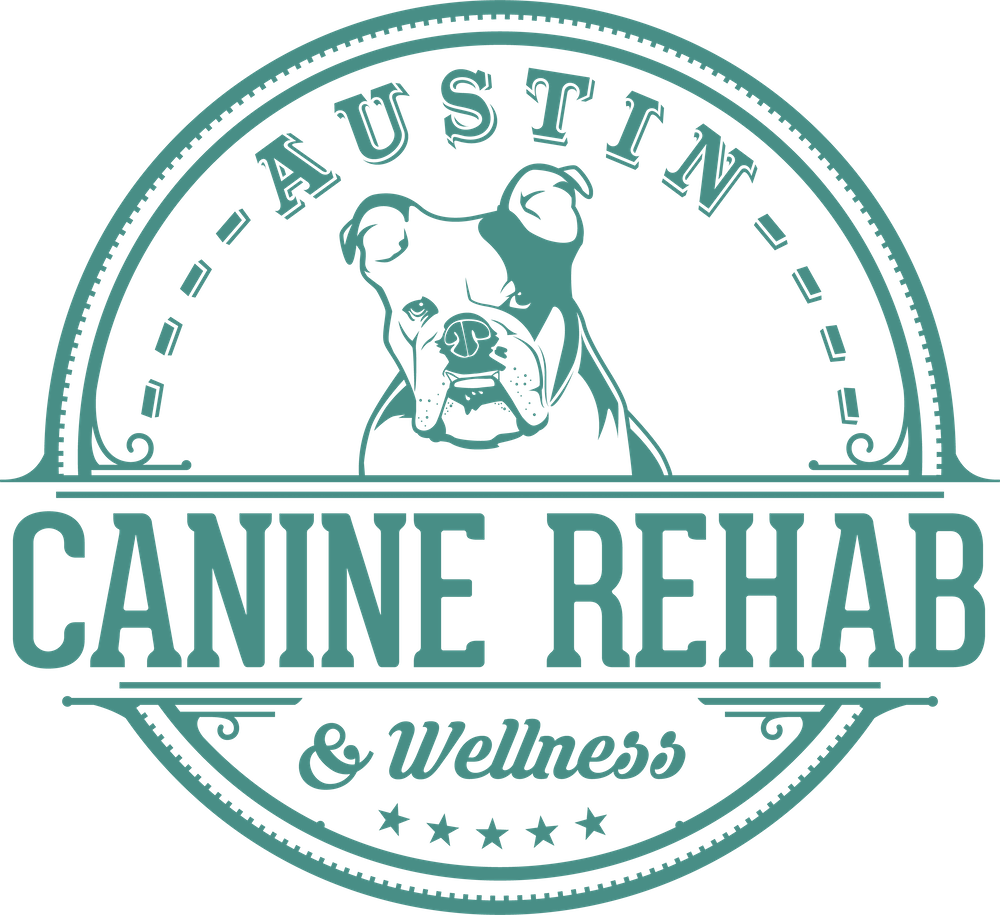How to Lift Your Dog After CCL/ACL Tear Surgery
It’s easy to be nervous when caring for your dog after surgery. You certainly don’t want to do anything that will cause additional discomfort, and you want to support recovery as much as you can.
If your pet has recently had surgery to repair a torn CCL or ACL, knowing how to lift the dog properly is crucial. Let’s take a look at that topic below, along with some other tips to keep in mind throughout the recovery process.
Why Proper Lifting is Important After CCL/ACL Surgery
As a dog owner, you have likely lifted your pet hundreds or thousands of times. You probably don’t even think much of it. Most owners reach around the dog’s back, place their hands on the belly, and lift up gently. Unless you have a particularly large dog, this is a pretty easy maneuver and is comfortable for the dog.
Things are different after a CCL or ACL surgery. This type of lift can be painful for the dog. It’s hard to properly support your dog’s entire weight evenly with just the placement of your hands during such a lift. That’s not a big deal when the dog is healthy, but while in recovery from surgery, it can become a problem.
Tools to Assist in Lifting Your Dog
You can safely and comfortably lift your dog with the right tools for the job. Specifically, you’ll want to consider a product like the Help ‘Em Up Harness. This device can be attached to your dog, and it will provide you with handles on the top of the pet so he or she can be lifted up while the full body is supported from below.
This type of harness is a wise investment if your dog is recovering from a leg surgery and will need some help getting around. You will likely find that the harness remains useful in certain situations even after the recovery is completed. These harnesses are also helpful for older dogs who have lost some mobility and have trouble with large jumps or going up stairs.
Step-by-Step Guide to Lifting Your Dog After Surgery
As a starting point, one of the best things you can do for your dog directly after surgery is simply to provide lots of rest time. You will need to lift the dog occasionally for one reason or another, but remember gentle movement is important for the healing process. This harness allows you to assist them into standing and while walking.
When you do need to lift your dog, it’s best to use a harness or sling, as mentioned above. Make sure you and the dog are standing in a place where there is solid footing on relatively level ground. This will make it less likely that you will slip while trying to aid your pet. Bend your knees to help with the lifting action and avoid any sudden movements that might disturb the dog and the injured leg. Doing everything as slow and steady as possible is the idea here.
That also applies to putting the dog back on the ground. Move slowly, be gentle, and bring the dog down for a soft landing until they are properly settled in a sitting or lying position.
Helping Your Dog Up Stairs or Into the Car
Two big hurdles for dogs recovering from an ACL or CCL surgery are stairs and getting into the car. Avoiding these when possible is a great idea, but real life gets in the way sometimes and certain things can’t be avoided.
Providing a ramp for your dog to use instead of the stairs would be great, if it is practical. If not, use a harness and provide assistance as the dog goes up the steps. Even just a bit of help from you can take stress off the limbs and make the walk easier.
Try to prevent your dog from jumping up into the car as they may do when healthy. Plan on lifting the dog using a harness and placing them gently into their spot in the car. With a little practice, you can get comfortable with this move, and you’ll be able to bring your pet with you while avoiding any harm getting in and out of the vehicle. Practicing this before surgery can be especially helpful so your dog knows exactly what to do and is comfortable with all the new equipment before being in a compromised state.
Signs Your Dog May Need Extra Support
Pay close attention to the condition of your dog during the recovery process. You know your dog better than anyone else and will be able to spot signs that she or he needs a little more help as the recovery progresses.
Specifically, watch for symptoms like increased limping, struggles to get up from a resting position, or whining noises when moving. Also, watch the site of the surgery to notice any swelling or inflammation that may occur.
How Canine Rehab Supports Post-CCL Surgery Recovery
Canine rehabilitation can play a major role in getting your dog back to full health after an ACL or CCL surgery. At Austin Canine Rehab, we specialize in crafting custom treatment programs for each dog to achieve excellent results.
If your dog is getting ready for CCL or ACL surgery, or if that surgery has recently been completed, take a moment to contact us to learn more about what we can offer. It would be a pleasure to serve you and your pet!
Frequently Asked Questions
-
Using a harness is a great way to reduce strain on the recovering leg in the days and weeks after surgery. The use of a harness will also prevent accidental falls that could be particularly damaging during the recovery phase.
-
Stairs are a challenge for a dog after ACL surgery. It’s best to avoid climbing the stairs, if possible, but that might not always be practical. If stairs are necessary, encourage your dog to move slowly while going up and down, and use a supportive harness to help assist.
-
It is not recommended to lift your dog by the belly after this surgery. That type of lift can place an uncomfortable amount of pressure on the healing leg. A harness or sling will allow you to lift your pet while supporting their body weight and avoiding that additional discomfort.
-
Dogs who are struggling with mobility and seem to be experiencing ongoing pain can benefit from professional rehab. Starting the rehab process as early as possible will help achieve positive outcomes in the short and long term. We typically start seeing dogs two weeks after surgery to begin the rehab process.





